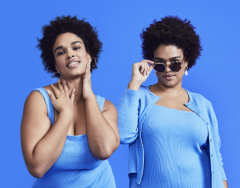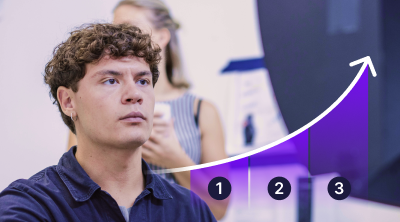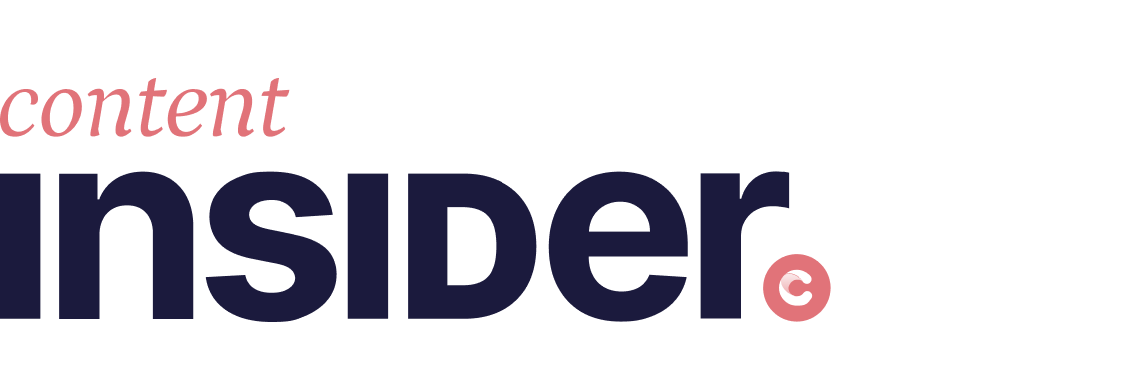
A weekly newsletter exploring the intersection of creative operations, technology, and online retail.
#022: What H&M’s Digital Twins Reveal About the Future of Studio Work
“It’s a picture of me, but it’s not me.”
That’s how model Vilma Sjöberg described the first time she saw her AI-generated likeness—a “digital twin” created by H&M for future campaigns. Her boyfriend couldn’t tell the difference. She could. And it left her feeling intrigued, impressed; slightly unsettled, even.
I came across a LinkedIn post last week linking to a great article by Marc Bain in The Business of Fashion. It's worth a read because it reveals how H&M isn’t just experimenting with generative AI—it’s doing something thoughtful.
The company is creating hyper-realistic digital twins of real models and, crucially, giving those models full ownership of their virtual selves. Models can license their digital twins to any brand—even H&M’s competitors—without ever stepping on set.
It’s a compelling approach to a challenging question: how do you use AI to meet modern content demands without sidelining the creative professionals who’ve always made the work possible?
But H&M’s bold experiment raises another question, one every studio leader needs to consider, now, more than ever:
If the model no longer needs to be on set… what does that mean for everyone else involved?
If you're leading a studio team or responsible for creative output, this shift affects you too. So, in today’s newsletter, we’ll explore what this means for your team and how your studio can respond.
When the Crew Goes Missing
Bain made a point in his article that really stuck with me—something we don’t talk about enough: Fashion imagery has always been deeply collaborative. Beyond the models are photographers, stylists, hair and makeup artists, and producers—a whole ecosystem of creative professionals bringing concepts to life. But if you can generate realistic images of a model using just a prompt, does the rest of the team still have a role?
A makeup artist quoted in the article voiced her discomfort clearly: “This collaborative, beautiful communal process…how is it possible if we’re not all together?” It's an important point. As AI takes over more of the production process, the need for full crews on set starts to shrink, putting pressure on the very people who’ve shaped the look and feel of fashion for years.
This isn’t hypothetical; it’s already starting to happen. Another artist suspected she’d been on a shoot purely intended to capture data for AI imagery, though the client never disclosed it. She noticed crews getting smaller, with more studios asking models to handle their own makeup or styling, especially for lower-budget projects. The reason is simple: brands are chasing higher volumes at lower costs.
As I wrote last week, the work hasn’t vanished—it’s just moved. That shift—from traditional, on-set collaboration to something far more fluid—brings us to a part of the conversation that deserves more attention: the messy middle.
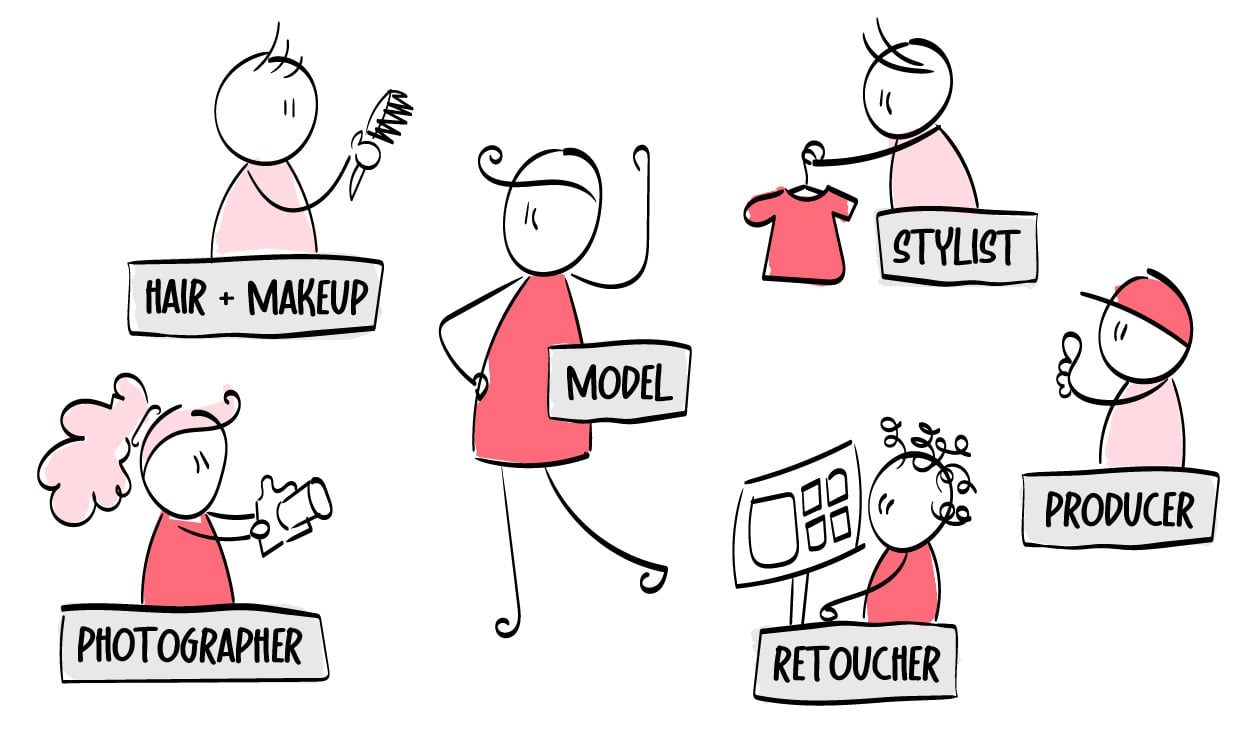
The Uncomfortable Middle
This is the part no one really talks about: the middle.
Not the "before," where creative roles were clear and shoot days felt like controlled chaos. And not the "after," where AI handles half the work and your team has adjusted beautifully.
We’re in the messy middle. And it’s uncomfortable.
Studios are testing AI. Teams are unsure where they fit. And for those leading the team? It’s not just about adapting workflows, but also about keeping people motivated during change. Some creatives are excited. Others are quietly wondering if their job still matters.
And honestly? That uncertainty is normal.
The studios I speak with aren’t trying to figure out whether to use AI; they’re trying to figure out how.
- Earn trust while testing new workflows
- Lead with clarity, even when the future’s unclear
- Keep creative culture strong while adopting new tools
There’s no playbook for this. But there is an opportunity: to lead with transparency, to bring your team into the conversation, and to co-create what comes next.
No one’s figured it out yet. But the best teams aren’t waiting for clarity—they’re building it together. And if you're managing a studio team, that mindset starts with you.
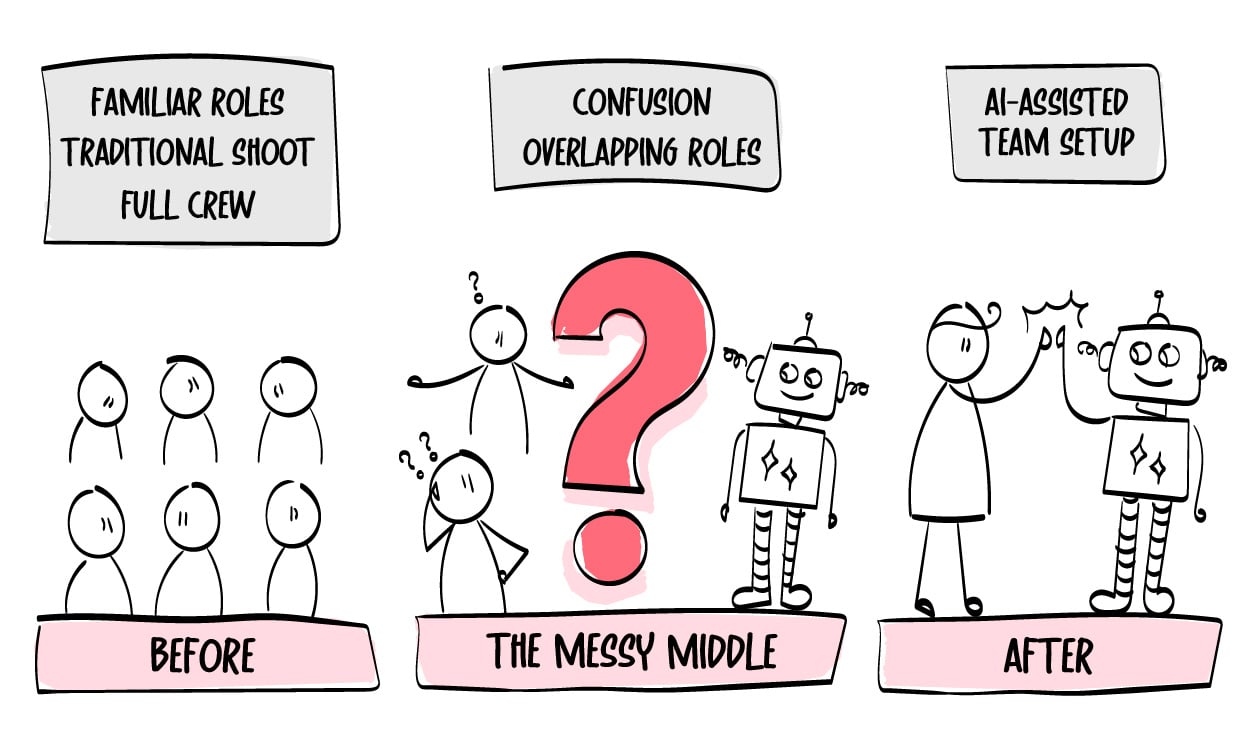
The Choice Is Ours
H&M’s digital twins might feel futuristic and even controversial, but they're an important reminder:
The future of studio work is already here. AI-driven imagery is shifting roles and raising challenging questions for every creative team.
But it doesn’t mean the end of studio work, far from it.
Instead, studios have an opportunity—right now—to redefine their roles, sharpen their judgment, and double down on their creative instincts.
Now’s the time to have those conversations with your team—what roles are evolving, where your judgment adds the most value, and how to lead AI instead of being led by it.
As studio leaders, we’re not here to resist change. We’re here to shape it. So, instead of fearing what we might lose, let’s double down on what only we can bring.
Warmest,
Thomas

|
Thomas Kragelund Follow me on LinkedIn. |
Get Content Insider In Your Inbox.
The weekly newsletter packed with actionable tips, industry trends, and insider insights from Creative Force CEO Thomas Kragelund. Stay ahead in creative production and online retail—subscribe now to gain the insights you need to drive growth and stay competitive.
